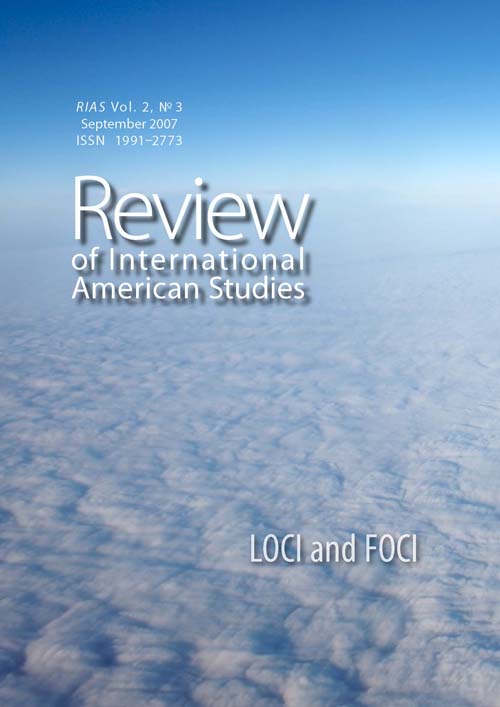‘Living in Translated Worlds—A Pragmatist Approach to Transnationalism
‘Living in Translated Worlds—A Pragmatist Approach to Transnationalism
Author(s): Laura BiegerSubject(s): Language and Literature Studies, Studies of Literature, Other Language Literature, Cultural Anthropology / Ethnology
Published by: Wydawnictwo Uniwersytetu Śląskiego
Summary/Abstract: ‘The history of all cultures is a history of cultural borrowing’, Edward Said once said—a thought that could be rephrased as: the history of all cultures is a history of translation. This paper is about translation and its methodological and critical potential for theorizing transnationalism. To unfold this potential we need to understand this term in the broadest possible sense: as a principle and agent of transformation; a principle we find at work on the production as well as on the reception side of any instance of signification; and which operates through any kind of medium and in any semiotic register. Such an understanding goes well beyond the general use of the term which ties it to processes of linguistic transfer in a much stricter and more limited sense. In the following pages I will make some rather speculative remarks and far-reaching suggestions about the methodological potential slumbering in the concept of translation, and in this sense I would like the following thoughts to be understood as an open invitation for further speculation and discussion. And yet I don’t want to expose them to debate without mentioning that they are grounded in a long and intense period of research which I did around the concept of translation and which, for the sake of brevity, I will scarcely be referencing here.To study cultural formations in a transnational perspective is to encounter various and complex dynamics of exchange and transformation; dynamics which breach across a wide array of borders between as well as within cultural formations formerly perceived in a national paradigm; which materialize through all different media as attempted acts of communication; which might be written, painted, photographed, filmed, sculptured, built, tailored, spoken, sung, danced, gestured, etc.; and whose trajectory might very well be ruptured, contain gaps, take detours, lead elsewhere. One thing can be safely assumed without further specifying the spectrum of exchange dynamics at stake here: to become operational as a comprehensive methodological tool apt to deal with this range of different processes, the broadening of our understanding of translation beyond its traditional linguistic borders mentioned in the beginning needs to go hand in hand with developing a new systematization of the concept itself—a task which I suggest to meet by dealing with it on the formal and operational level addressed above.
Journal: Review of International American Studies
- Issue Year: 2/2007
- Issue No: 3
- Page Range: 16-20
- Page Count: 5
- Language: English

